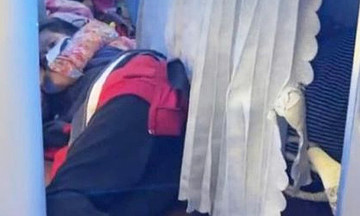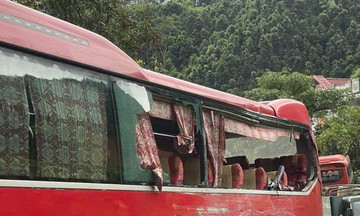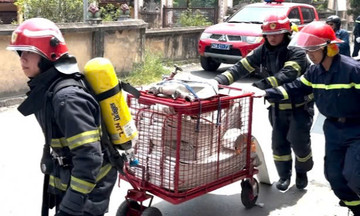"This is something the city can do immediately to move towards the goal of green transportation," Associate Professor Dr. Nguyen Dinh Tho, Vice President of the Institute of Strategy and Policy on Agriculture and Environment, said at a workshop on solutions to reduce urban air pollution organized by Tuoi Tre newspaper on 15/8.
Dr. Tho explained that after merging with Binh Duong and Ba Ria - Vung Tau, Ho Chi Minh City has a large number of public vehicles. The transition should be implemented in three simultaneous steps: reducing the quantity, replacing them with electric vehicles, and applying a shared-use model.
Currently, many public vehicles are only used for commuting or remain idle for 6-8 hours each day while awaiting official business, resulting in waste. "We should consider sharing public vehicles between agencies and leaders," Dr. Tho said, suggesting the development of a green public vehicle sharing application similar to those used by ride-hailing companies. Officials could book vehicles through the app when needed, the nearest vehicle would be dispatched, and the cost would be recorded for each individual.
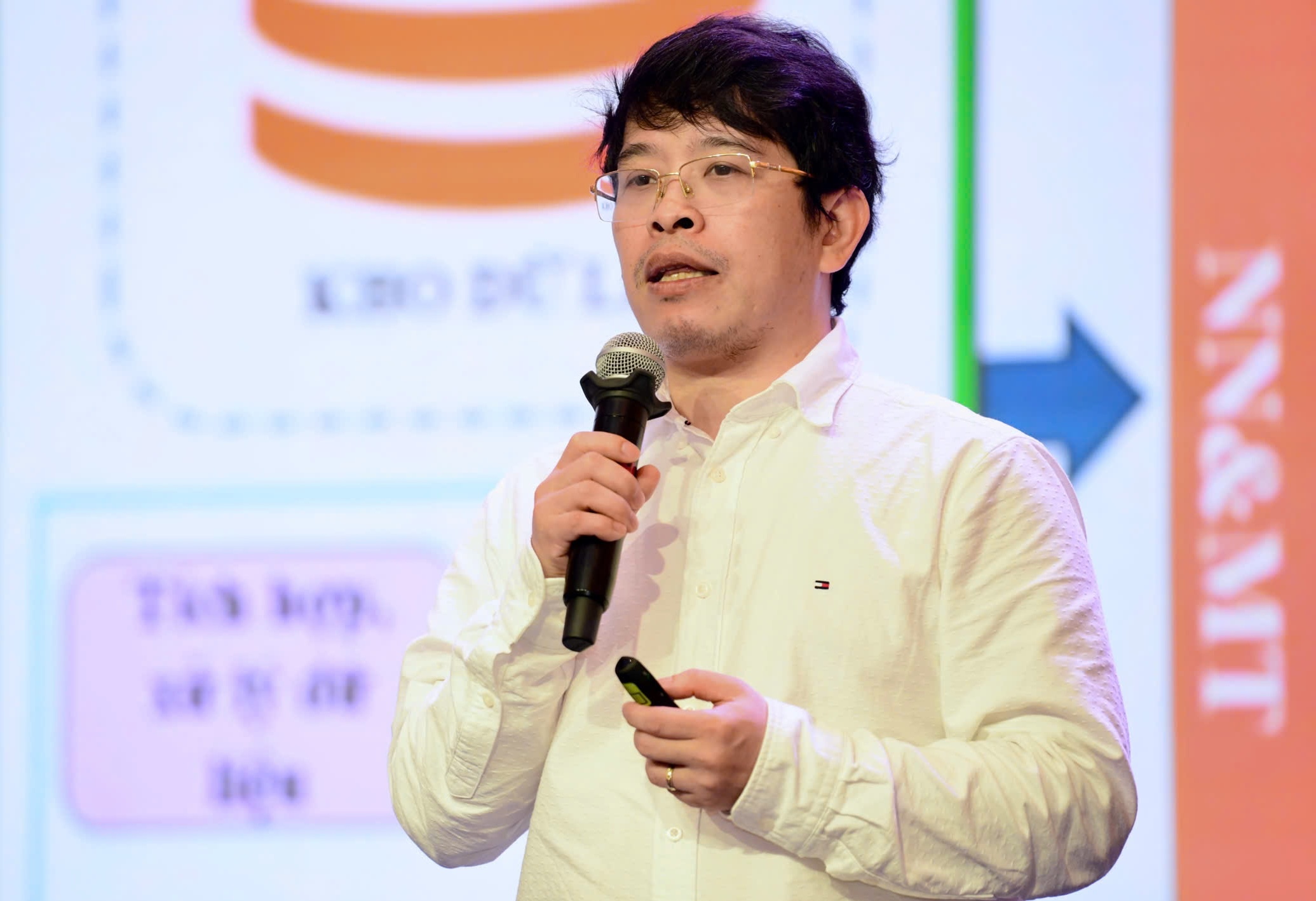 |
Associate Professor Dr. Nguyen Dinh Tho, Vice President of the Institute of Strategy and Policy on Agriculture and Environment, speaking on 15/8. Photo: Quang Dinh |
Associate Professor Dr. Nguyen Dinh Tho, Vice President of the Institute of Strategy and Policy on Agriculture and Environment, speaking on 15/8. Photo: Quang Dinh
According to Dr. Tho’s calculations, this model could reduce the number of vehicles from 1,000 to about 300, saving budget on investment and maintenance. The city is also implementing rooftop solar panel installations at public offices, which can be used to charge electric vehicles, saving energy and creating positive media coverage.
Mr. Bui Hoa An, Deputy Director of the Ho Chi Minh City Department of Construction, said the city is implementing several solutions for green transportation conversion and emission control to reduce air pollution. In the first phase, the city has developed a roadmap and support policies for converting buses to electric or green energy starting in 2025, aiming for all buses to run on electricity or clean energy by 2030. Currently, about 50% of the 2,500 buses have been converted.
In the second phase, the Department will advise the People's Committee to submit to the People's Council a policy to reduce emissions for the remaining vehicles, while encouraging individuals, households, and businesses to switch to green energy vehicles. The city is also finalizing plans for low-emission zones in the city center and Can Gio, along with a plan to convert 400,000 gasoline-powered motorbikes used by technology drivers and delivery services to electric vehicles with specific support policies.
The conversion of public vehicles to electric power is being piloted in Can Gio. According to the "For a Green Can Gio" action program, by the end of this year, 50% of public vehicles in the district will use clean fuels such as electricity and CNG; the target for the next 5 years is 80%.
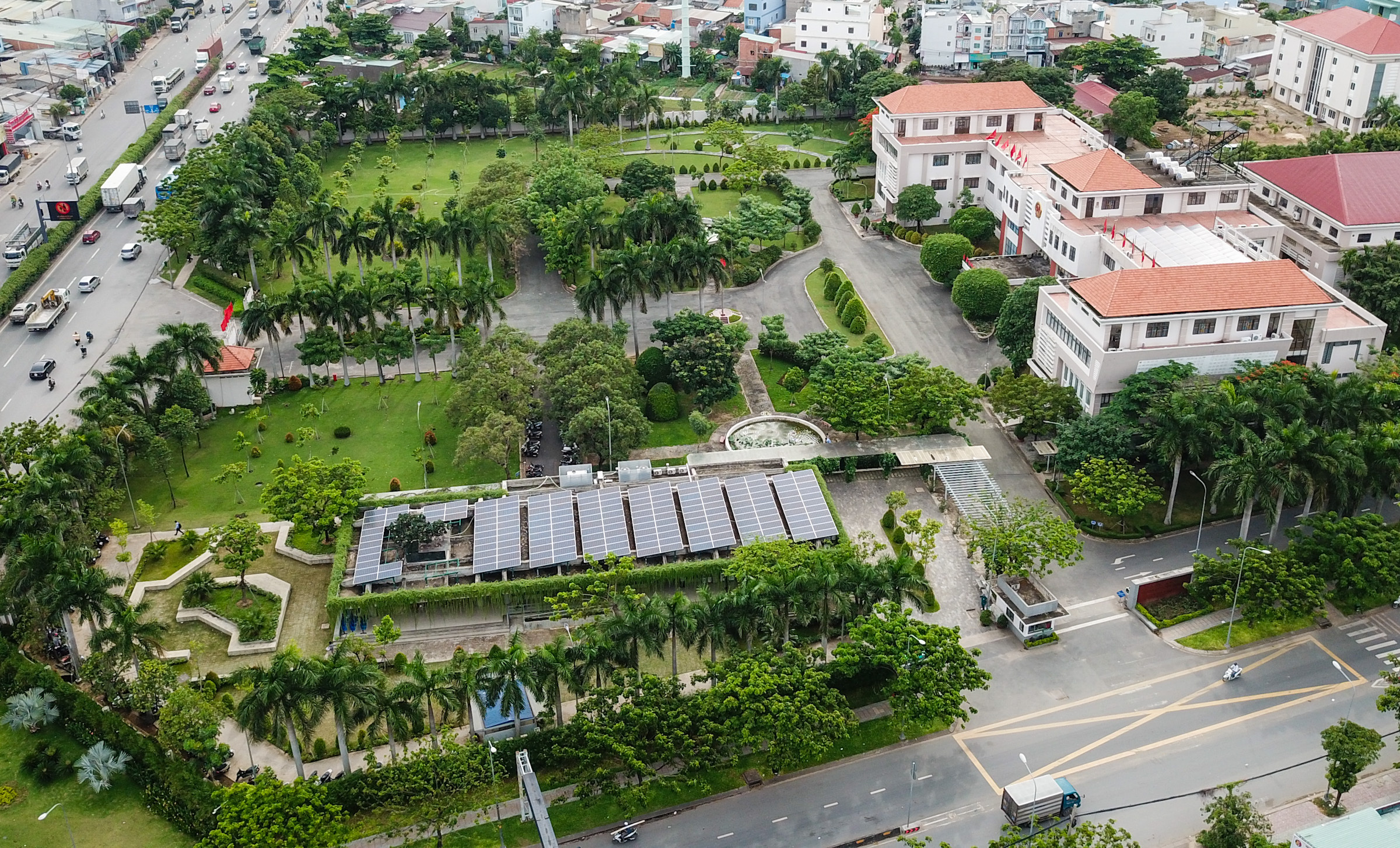 |
Rooftop solar panels at the former District 12 People's Committee headquarters. Photo: Quynh Tran |
Rooftop solar panels at the former District 12 People's Committee headquarters. Photo: Quynh Tran
Ms. Ngo Nguyen Ngoc Thanh, Deputy Head of the Ho Chi Minh City Environmental Protection Agency, said that years of monitoring results show that air pollution in the area is mainly caused by dust. At times, the concentration of total suspended particles (TSP) and fine dust (PM10, PM2.5) at busy traffic points exceeds the standard by 1.5 to 2 times, while CO, SO₂, NO₂, and benzene indicators remain within permissible limits.
Air quality fluctuates over time and seasons, influenced by traffic density and meteorological conditions. The dry season usually records higher pollution levels than the rainy season; PM2.5 tends to increase sharply at the end and beginning of the year.
According to Ms. Thanh, the main emission sources include transportation, industry, construction, and residential activities such as burning garbage and agriculture. Road traffic is the biggest contributor, accounting for about 63% of total PM2.5 emissions, according to a 2023 study by the Asian Development Bank's ADB TA 9608 Project.
Le Tuyet








